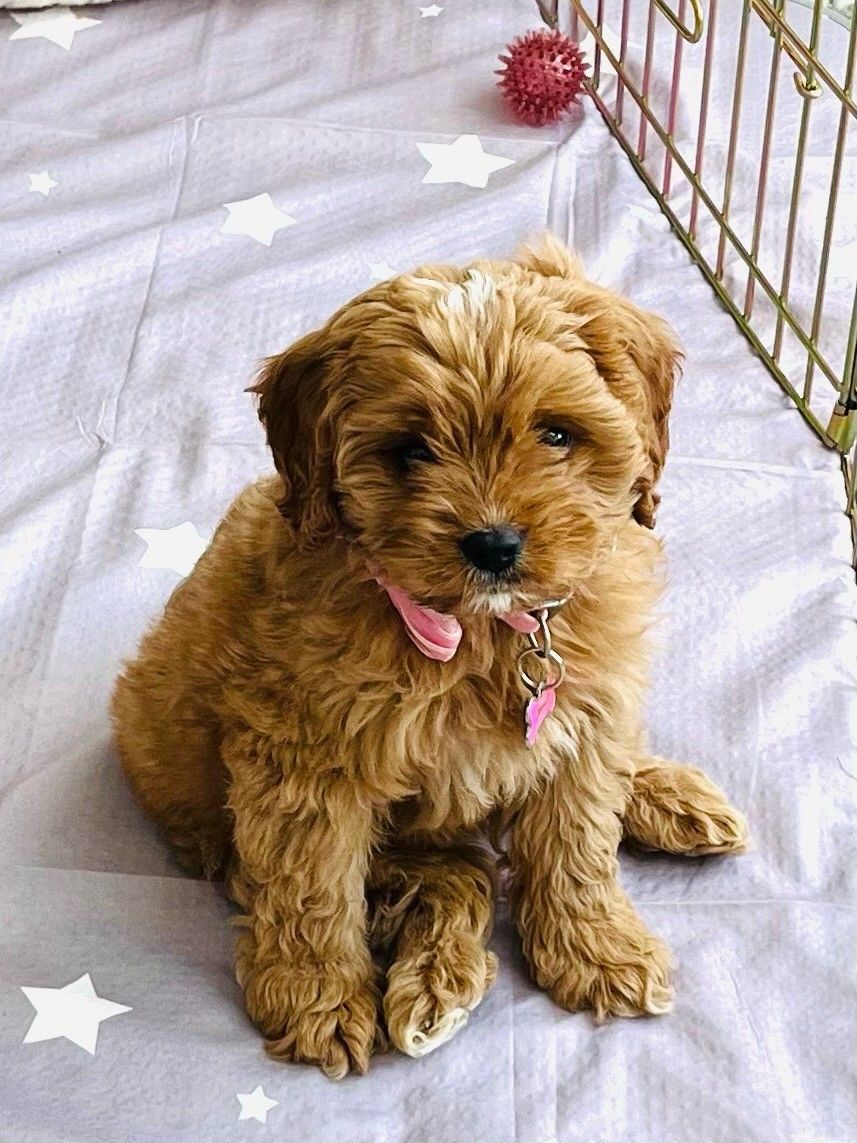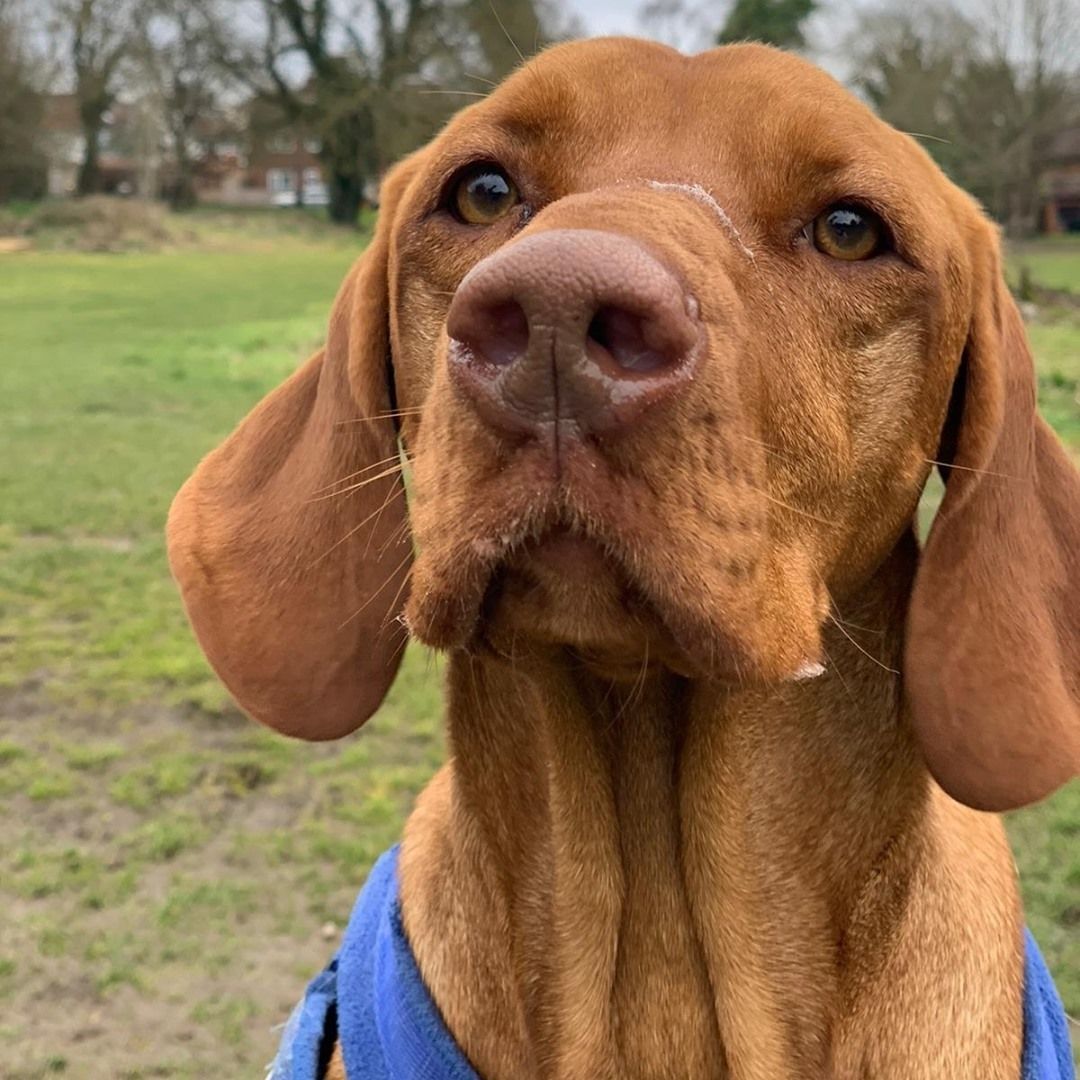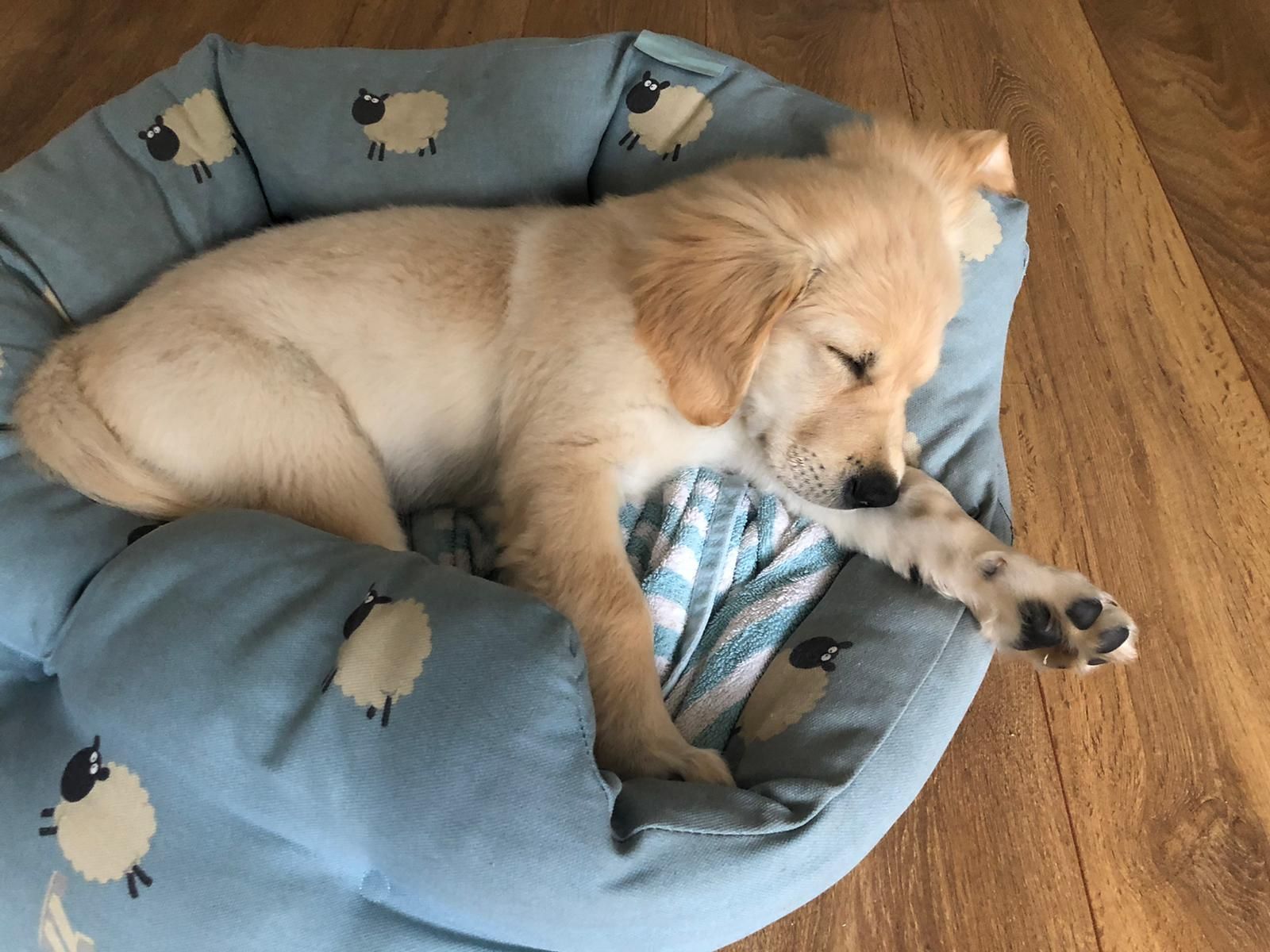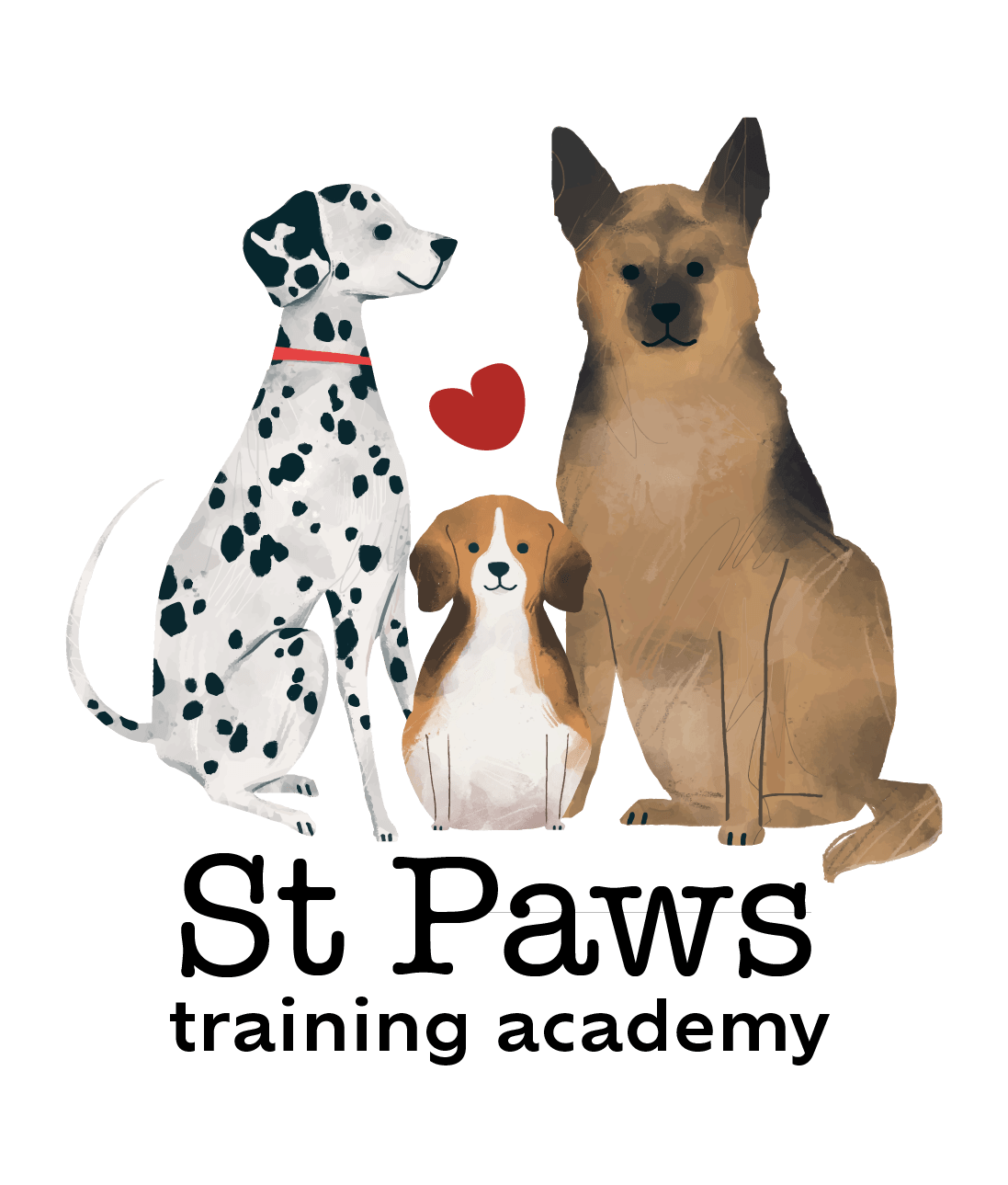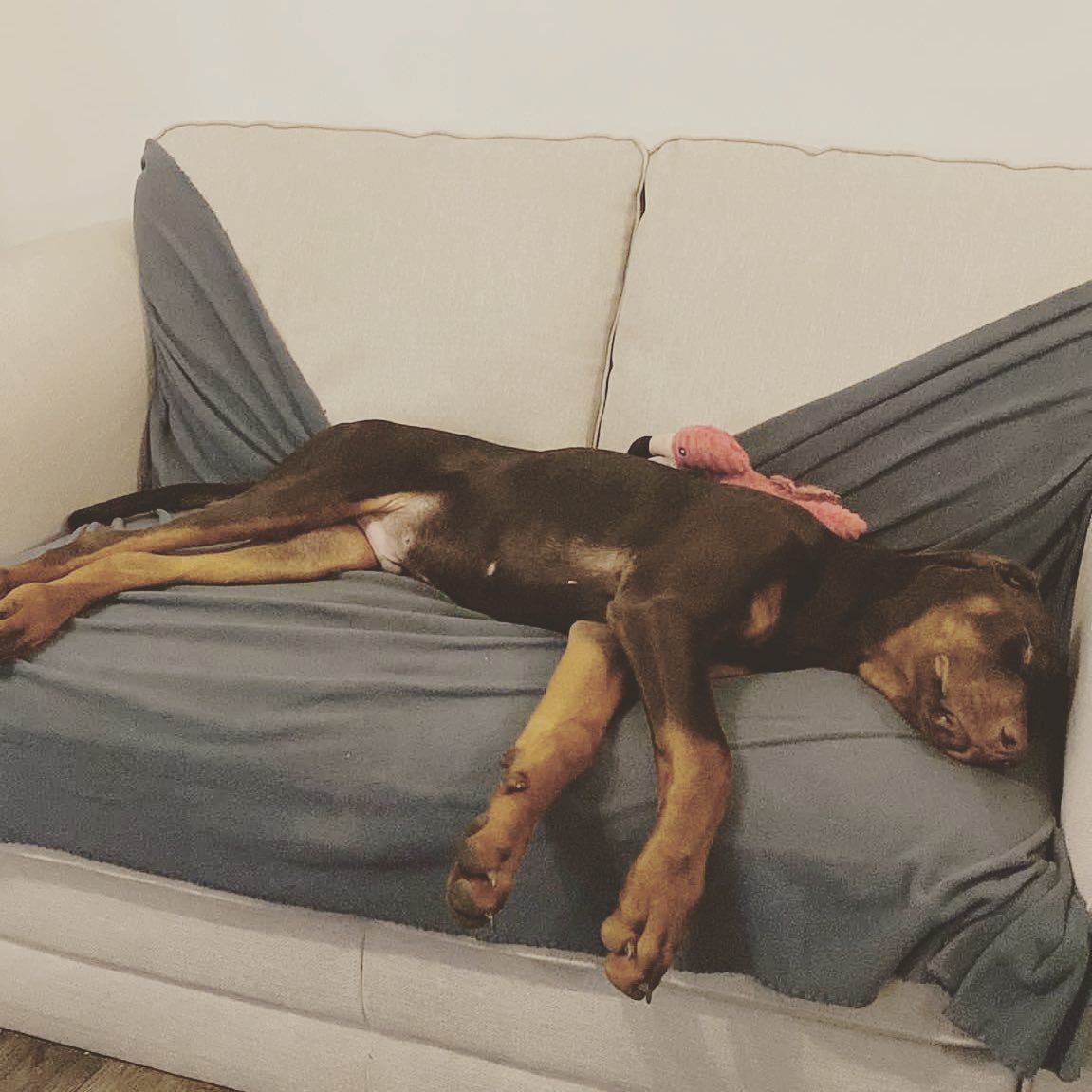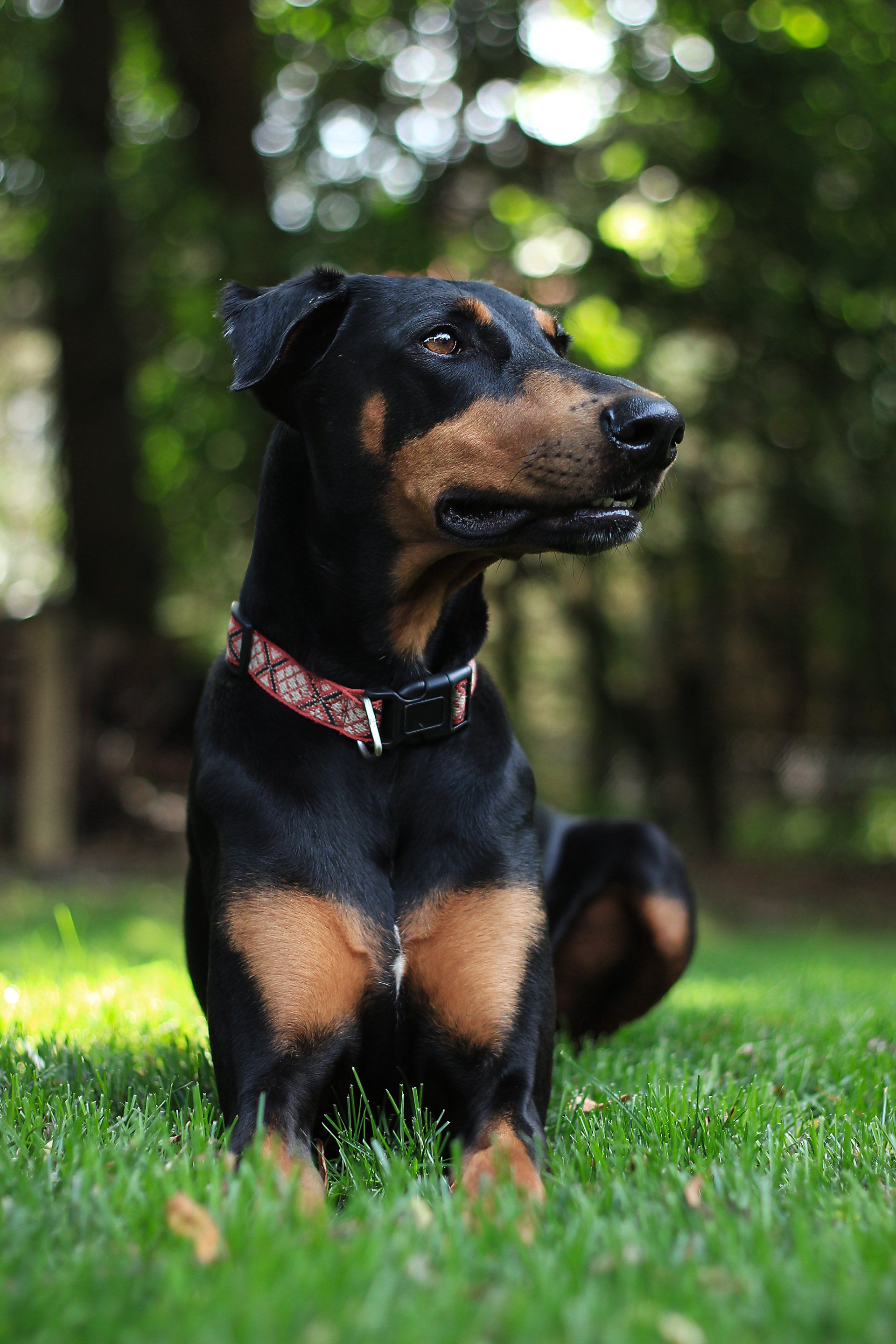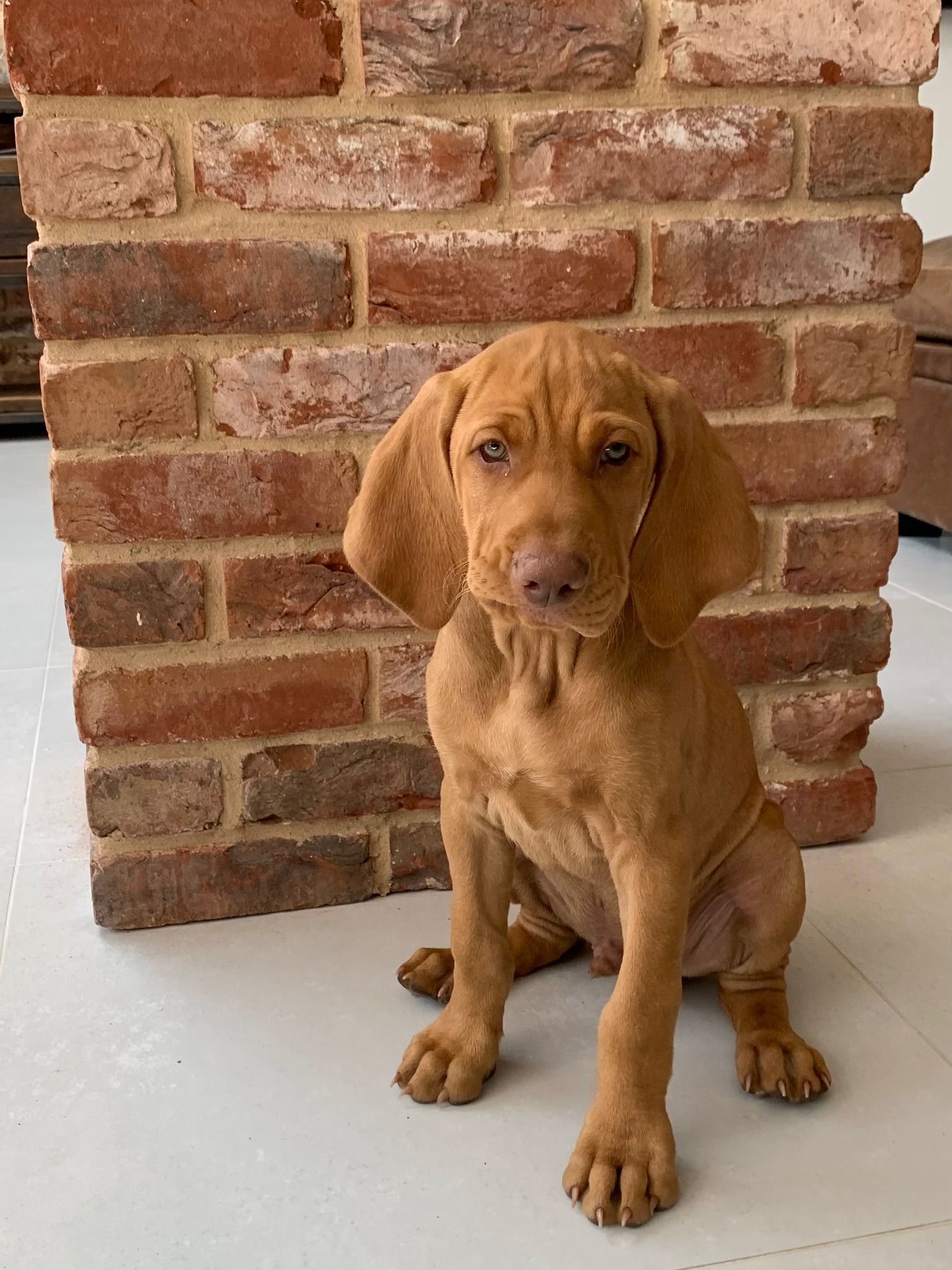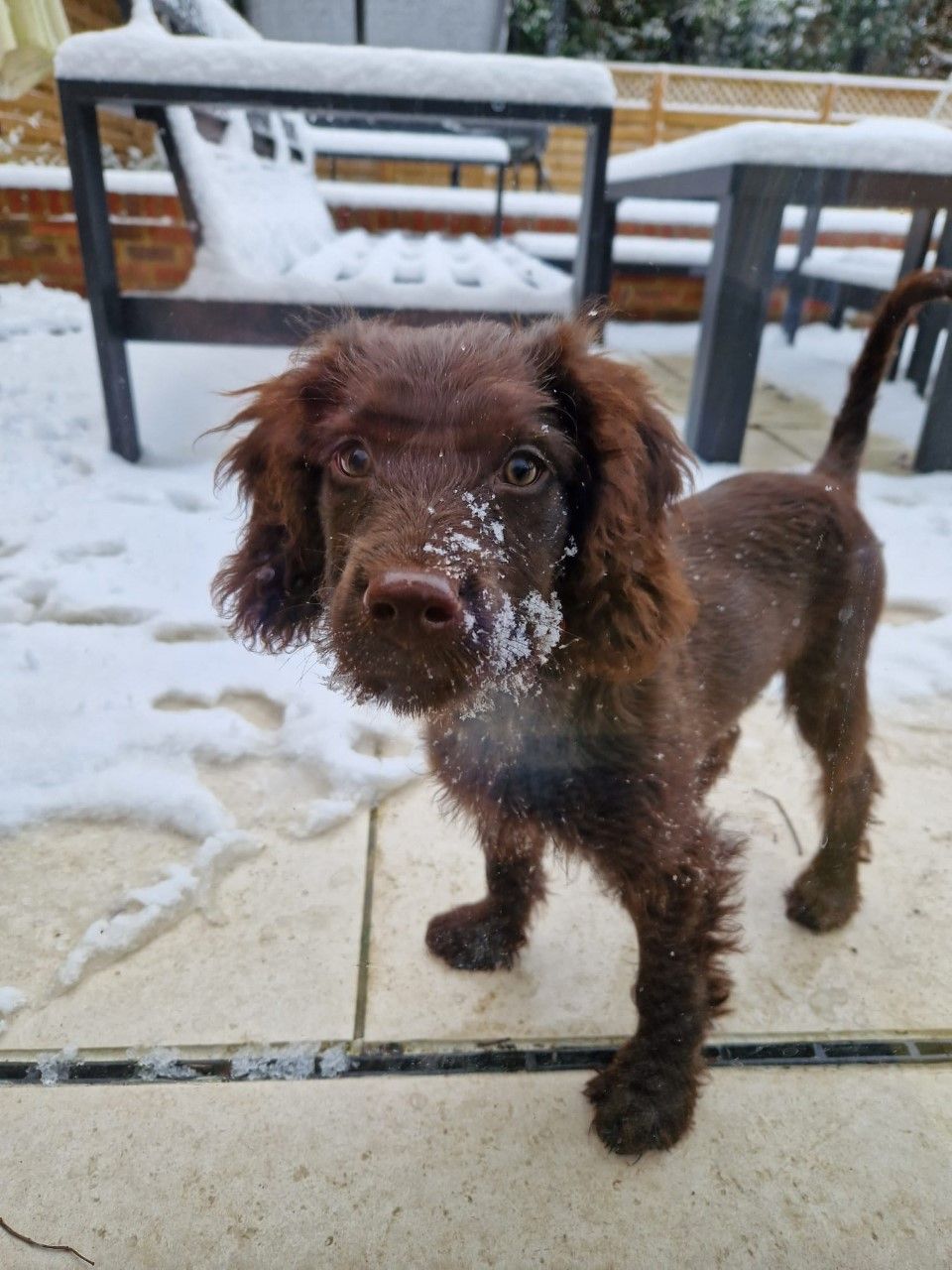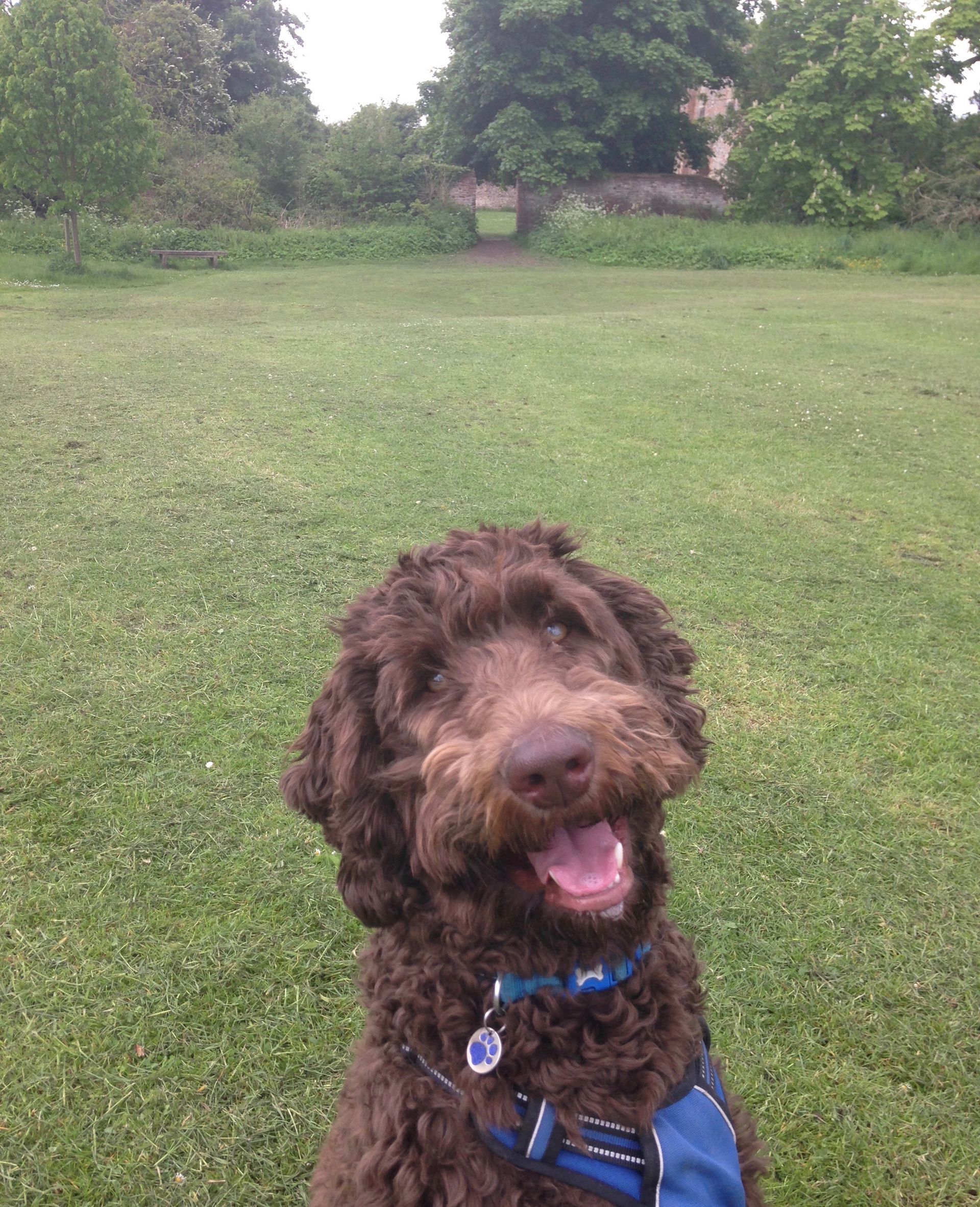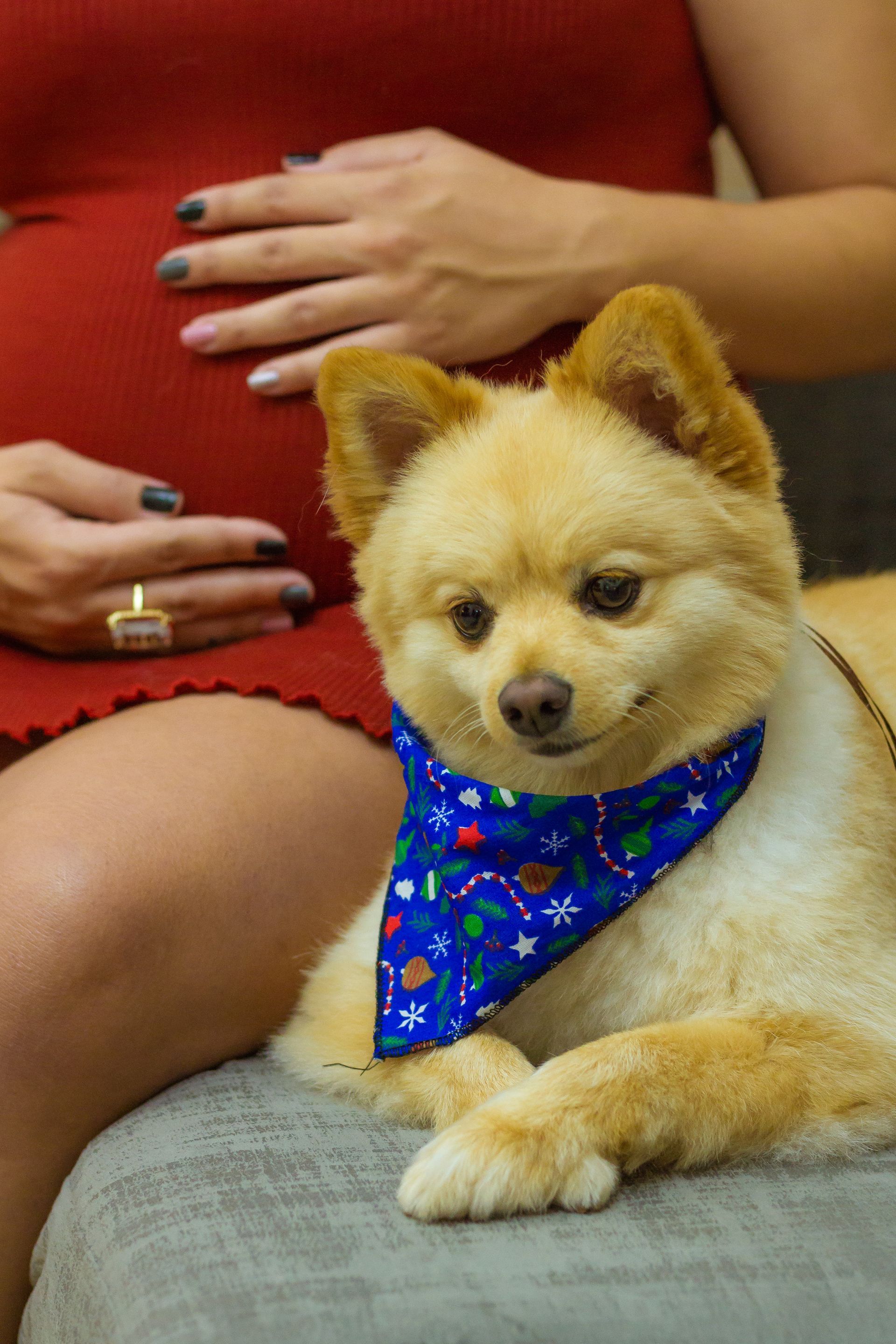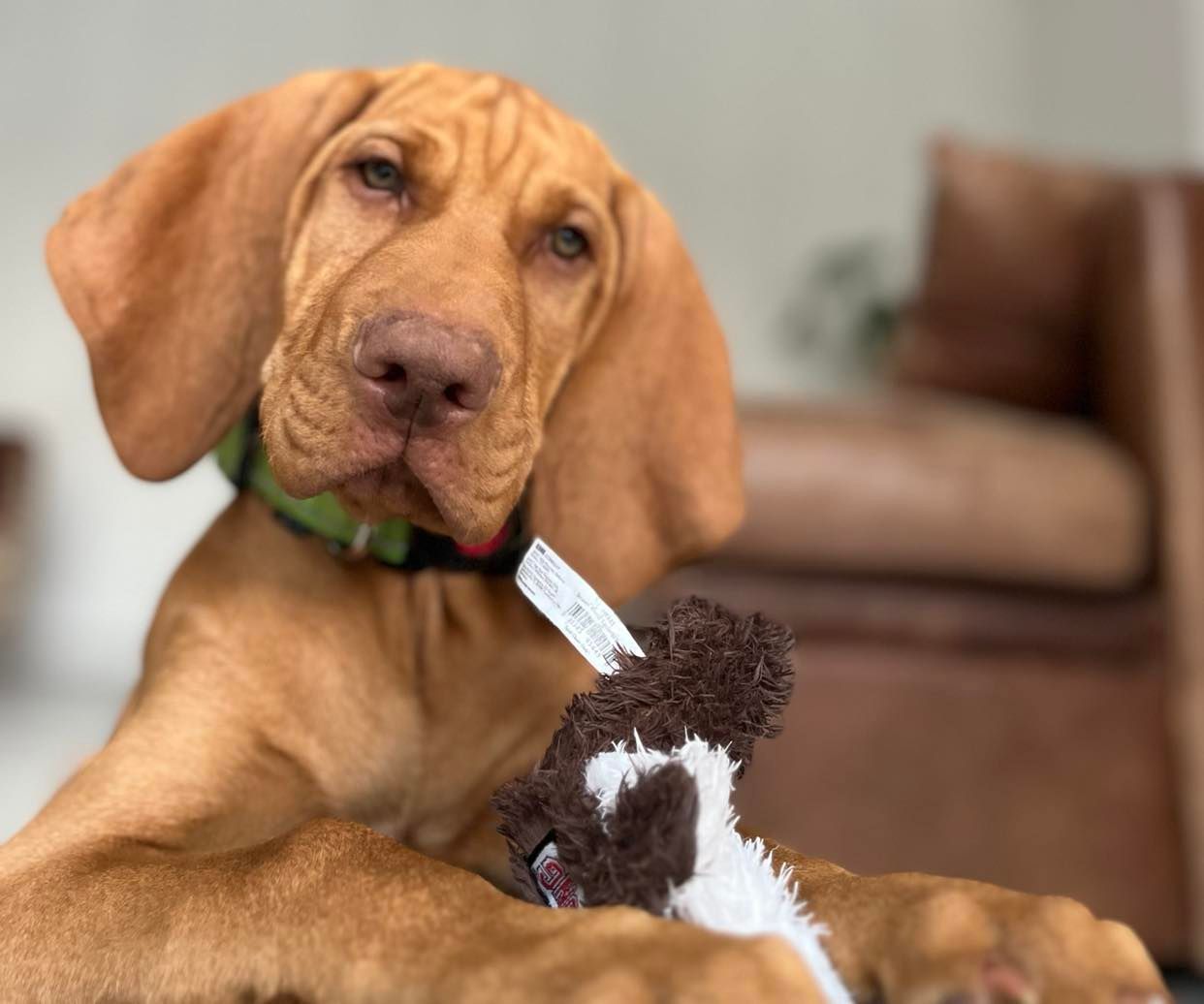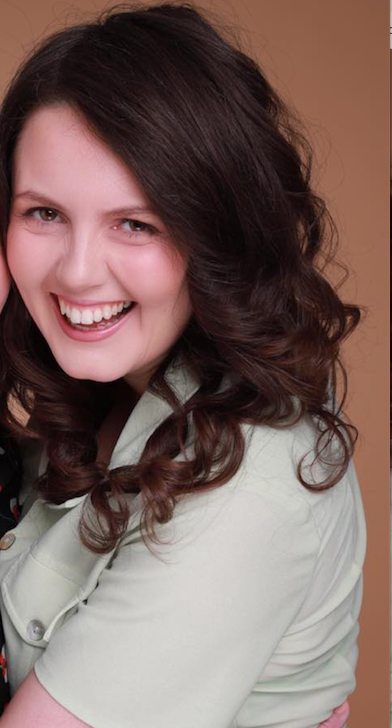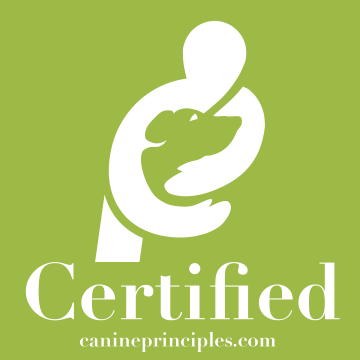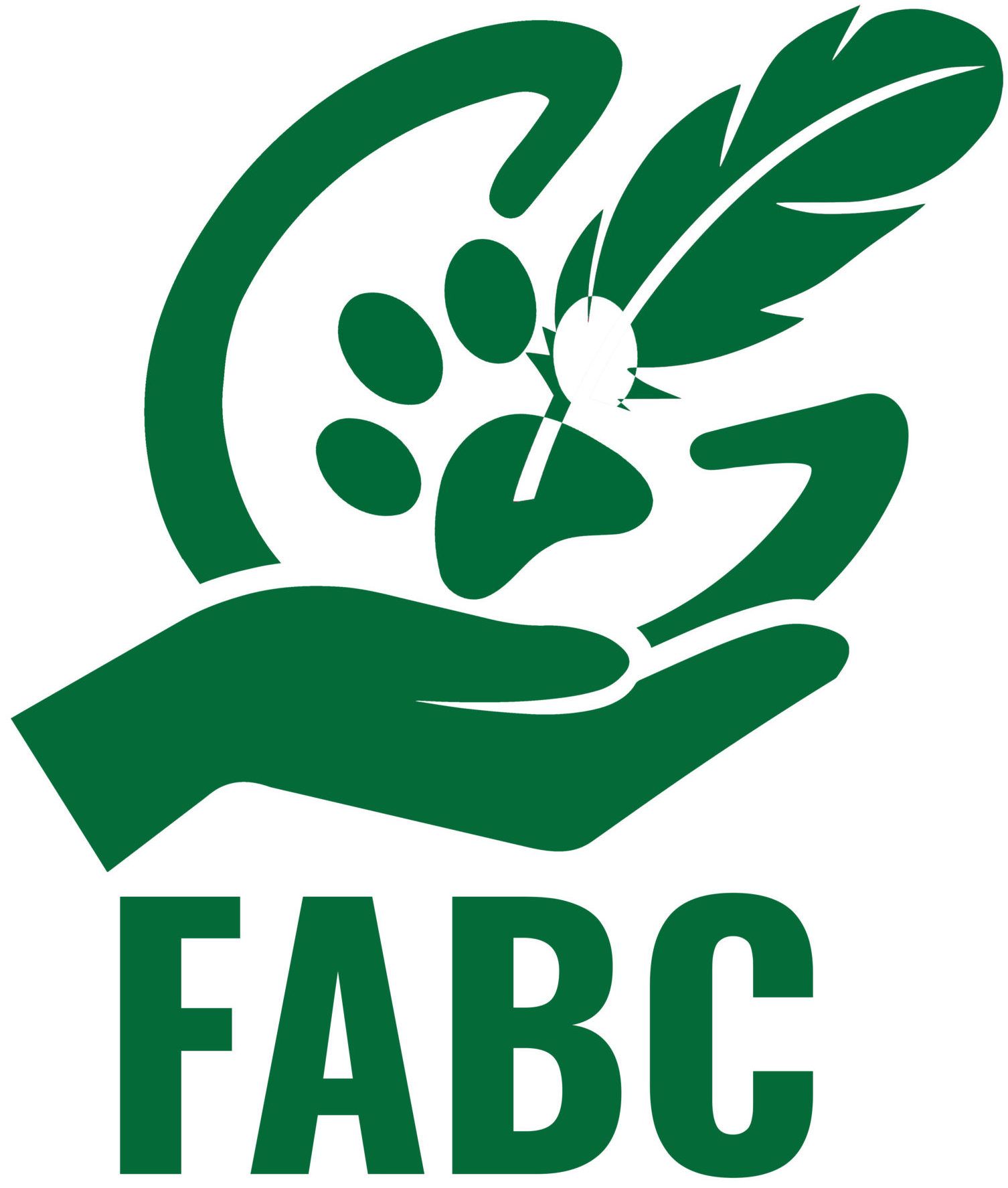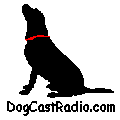3 puppy socialisation mistakes and how to avoid them
Socialisation has become a bit of a buzz word in recent years!
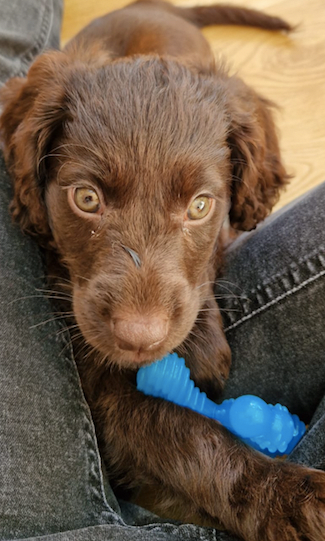
What is socialisation and what is habituation?
Socialisation means being able to be around other dogs, cats and people and things that you dog may actively be social with. However, it is also about being able to be calm around the above, just like a child sitting at a desk in school. Habituation meanwhile means getting used to things, such as noises and cars (we wouldn’t want a dog to interact with a car!). Sometimes in a quest to socialise a dog we can overdo it and they cannot focus and have to say hello to everything and everyone – this can make impulse control and recall a real challenge. You may find you have a puppy who is a box of electric/amped up and finds it hard to listen when excited.
Here are some mistakes you can make when socialising and how you can avoid them.
· Rushing into things and not recognising your puppies requests for some space
A puppy can feel uncomfortable so being their safe space is important and getting out of a situation is important. Don’t be afraid to advocate for your dog.
Mirroring each other’s body language and taking it in turns to chase or spar with each other is a sign that a puppy is enjoying play. One dog should not be constantly chasing the other as that can be intimidating and scary.
· Allowing your puppy to say hello to everything and everyone consistently
If your dog is able to say hello to absolutely every dog they meet and play with them this will become a habit. Play is fun and very rewarding to a dog and if they are able to do it all the time then they will want to. This makes getting home tricky and makes recall harder if you’re not practicing coming away from every dog.
· Not allowing your puppy to move away when they want to
While puppy slings can be a helpful tool in getting your puppy out and about in the big wide world if a person goes into stroke your puppy, it can make them feel trapped because they cannot move away. A long lead can be a helpful tool as it gives a puppy freedom of movement to move away if they would like to.
Allowing your dog to get used to different sights, sounds, and surfaces is imperative but also spotting signs that they don’t feel safe is important too, so they are not becoming sensitised.
Some signs that a puppy is worried can include licking their lip, moving away, growling and snapping.
At puppy class we focus on spotting dog body language signs to make sure all puppies are having a good time, how to introduce dogs and how to avoid frustrated greetings.. as well as learning to be calm around their class mates, in preparation for trips to the pub and café!
Check out out puppy classes here.
